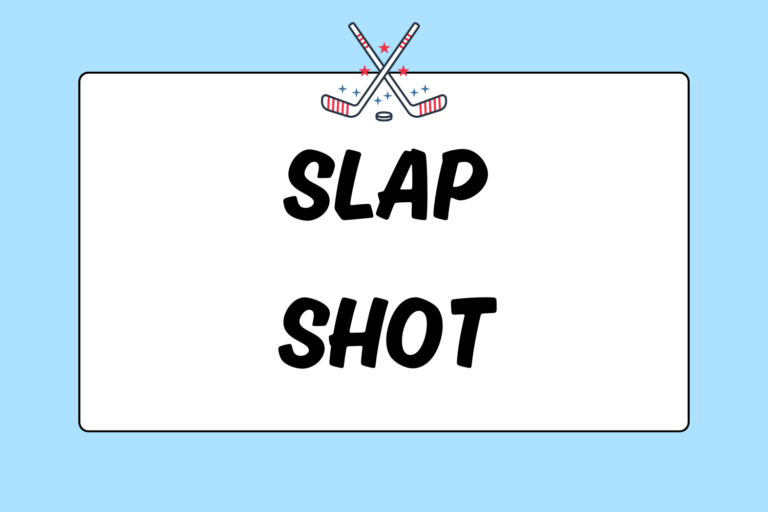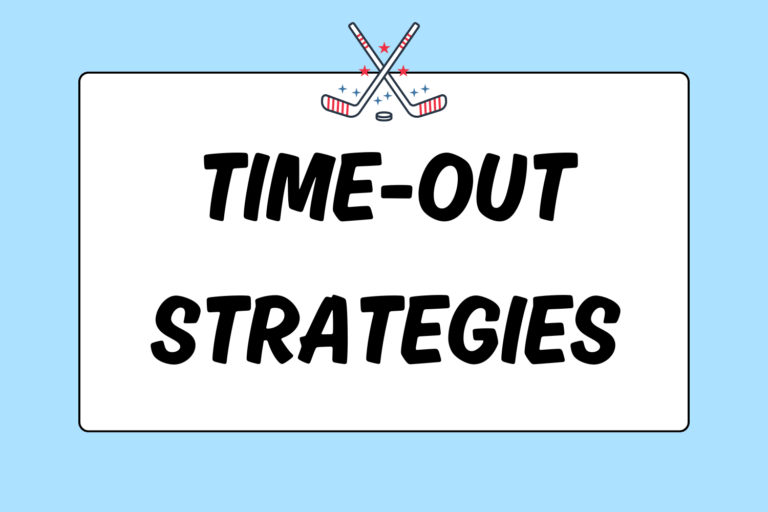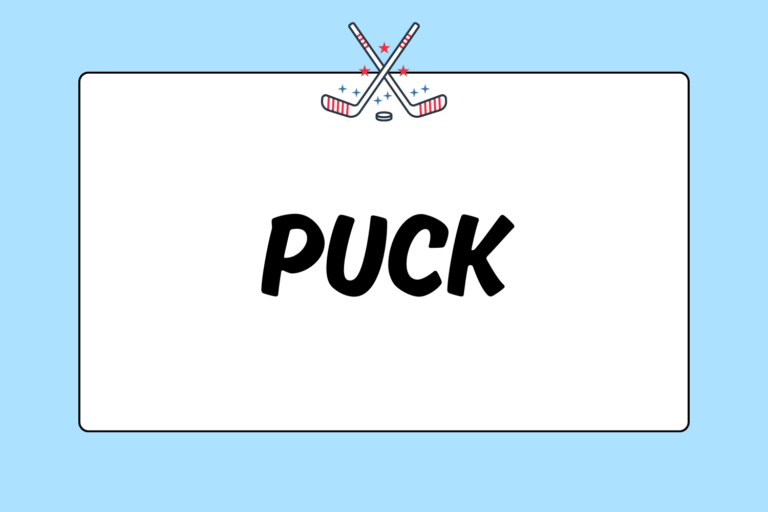As a forward, there are many times during the course of an ice hockey game when you’ll have the puck on a rush along the half boards, only to have no passing lane and a low-angled shooting lane. But this doesn’t mean your scoring chance has evaporated! When in these aforementioned circumstances, the best option is often shooting with the intent to create a juicy rebound for your teammate to bang home. This guide offers a set of best practices for shooting to create rebounds.
The philosophy behind Shooting to Create Rebounds
Shooting with the sole intent of creating a rebound may initially seem like a high-risk play, but it will seem much safer once you consider all of the potential outcomes:
- You shoot on net. The goalie makes the save and gives up a rebound. Your teammate gets an opportunity to chip in an easy rebounder.
- You shoot on net. The goalie makes the save, but allows no rebound. The puck is frozen and your team gets a face-off in the offensive zone.
- You shoot on net. The goalie does not make the save, and you score a goal.
- You miss the net. From the sharp angle you shot at, the puck wraps around the boards. This is essentially the same as a dump-in; your forechecking unit goes to work to get the puck back.
The worst possible outcome from shooting to create a rebound is a turnover in the offensive zone (the safest place to turn the puck over). The best case scenario is an easy goal. Though the results from shooting to create a rebound are random, the possible outcomes are mostly favorable.
““You miss 100 percent of the shots you don’t take.””
Wayne Gretzky
Factors of a Good Shot to Create a Rebound
There are two attributes that will maximize the chances of the goalie giving up a rebound on your shot: Height and power.
Shoot Low
If you shoot high to the chest, the goalie will likely smother the puck. If you shoot high glove-side, the goalie will likely catch it. If you shoot high blocker side, the goalie will likely angle the rebound into the corner. If by chance the goalie does give a rebound on a high shot, it will be off the ice and unpredictable: Hardly good rebound opportunities for your teammate. High shots are not likely to produce opportune rebounds.
However, if you shoot low and the goalie makes the save with either his stick or leg pads, there will almost surely be a rebound, and it will likely be on the ice. Because of this, keeping your shot low is the single most important aspect of shooting to create a rebound.
Shoot Hard
Velocity is the second most important aspect of your shot. While goalies will have trouble controlling the rebounds of most low shots, soft ones are the exception. The goalie can often cover soft low shots with their glove. To prevent this, shoot hard. Modern, box-style leg pads will give up big and uncontrollable rebounds off hard shots.
Mental Edge
While shooting to create a rebound is a viable strategy at any time, it’s much more effective when you and a teammate (or two) are on a rush. Shooting with the intent to create a rebound is a good play, but if your whole team is set up in the zone, it’s probably not the best play.
Shot Placement
Aside from shooting low and hard, advanced players can do one other thing to bolster their chances of a goal: Aim the shot so the rebound goes to their teammate.
If you’re coming down the wing on a rush with a teammate, chances are they’re either coming through the slot or on the opposite wing. Where you shoot the puck will determine where the rebound goes, and highly skilled players can actually get the rebounds to go exactly to their teammate.
If your teammate’s coming down the slot, aim for the far point of the goalie’s stick blade. This will increase the chances of the rebound popping out into the slow. If your teammate is coming down the opposite wing, aim for the far side of the net. The angle that the goalie’s leg pad will make when he drops into the butterfly position will kick the puck towards your teammate — who will be looking at a wide open net.
Aiming is helpful, but it’s also difficult — especially so in high-pressure game situations. Your first objective should be to get a hard, low shot on net. If you have time to aim more precisely, it will increase your chances of scoring, but is hardly necessary.
Fun Fact:
Shooting to create rebounds is sometimes illustratively called “passing off the goalie.”
Read & React
Shooting off the goalie to create a rebound is very much a read-and-react play. You will get better at it the more you attempt it; specifically the more you attempt it with the same linemates. Practice the play in scrimmages, and come game time, your line will score more off the rush.





